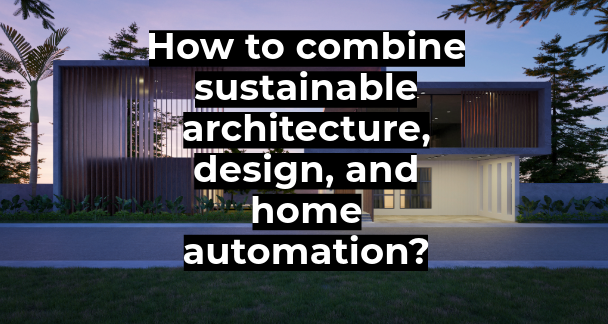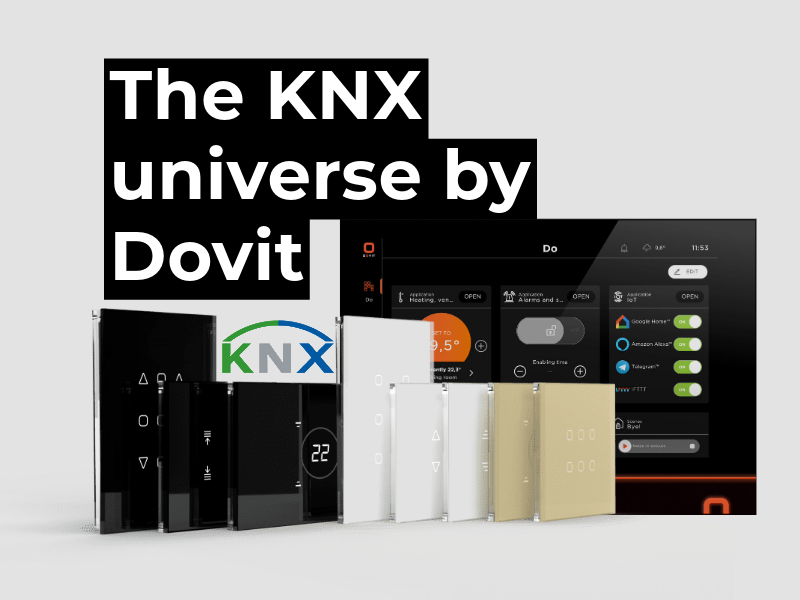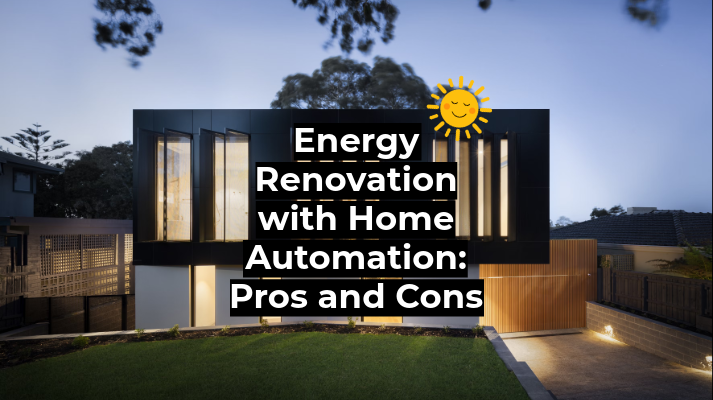In an increasingly interconnected world focused on sustainability, modern architecture is faced with unprecedented challenges and opportunities. Contemporary architects are now tasked with the exciting job of merging advanced technologies, innovative designs, and sustainable practices to create residential and commercial environments that meet the demands of our time. 🌆🌿
The harmony between architecture and design 🌟
For many, architecture and design are two distinct disciplines, yet their union can lead to exceptional outcomes. Architecture focuses on the structure and function of buildings, while design addresses the aesthetic appearance and the occupant’s experience. When these two disciplines work together synergistically, they can create spaces that are both aesthetically pleasing and functional.
An extraordinary example of how architects and designers can collaborate to create great works is the Groninger Museum in the Netherlands. Designed by Alessandro Mendini in collaboration with architects Michele De Lucchi, Philippe Starck, and Coop Himmelbau, the building is situated on an island in the city’s canal. 🏛️🏞️
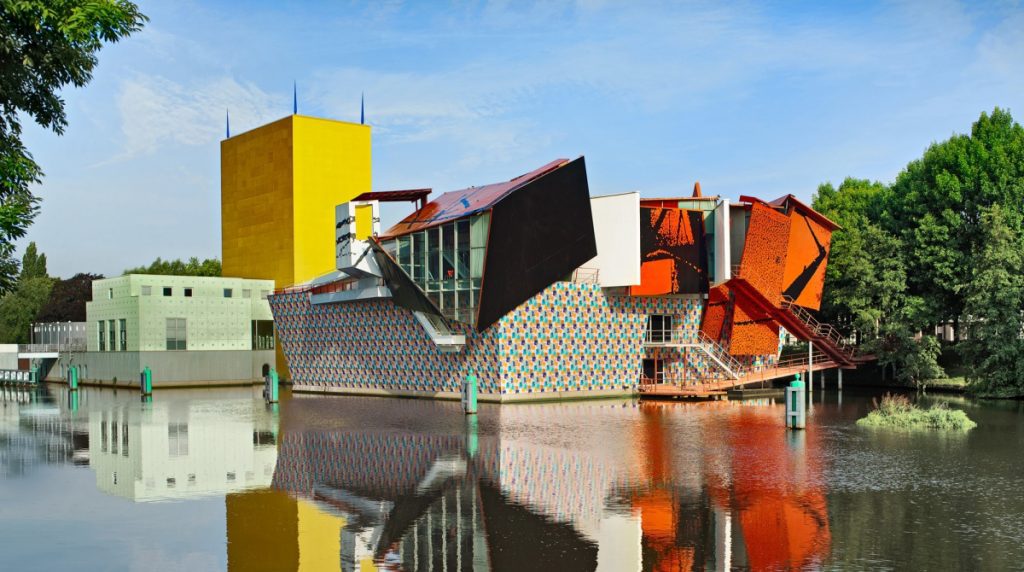
An example of this union lies in the use of sustainable materials and smart design solutions. The use of recycled materials or those with a low environmental impact (such as wood, bio-based bricks, or straw panels) not only reduces the ecological footprint of a building but also adds a touch of originality and beauty to its aesthetics. 🏗️🌿
But even a small smart design product, such as a home automation touch switch, can add a distinctive style touch to the interior of a home. 🏡🎨
Architecture and home automation, in step with the times
Home automation also contributes to enhancing the quality of life within a home. Thanks to a dedicated app installed on a smartphone, computer or tablet, numerous controls within the home can be activated to create the desired ambiance. It is possible to manage the heating, air conditioning, and alarm systems, turn lights on or off, control the opening and closing of roller shutters, access points, as well as other motorized devices.
Furthermore, home automation enables monitoring of energy consumption, viewing consumption histories, and identifying areas of energy waste. By keeping track of the energy production from solar panels, users always know the best times to use energy-intensive appliances. All these functions can also be controlled remotely via an app.
Motion and brightness sensors can automatically adjust lighting based on needs, further reducing energy consumption. Heating and air conditioning systems optimize energy use based on human presence and weather conditions.
Home automation not only provides greater comfort but can also significantly reduce energy consumption. 📱💼💡
The importance of sustainable architecture
Sustainability is imperative in contemporary design. Buildings account for a significant portion of global energy consumption and greenhouse gas emissions. That’s why architects are called upon to minimize the environmental impact of their projects, and many of them are tackling this challenge with zeal! 🌍🏗️
Bioclimatic architecture
In addition to using building materials with a low environmental impact, bioclimatic architecture is also making its mark. This approach leverages natural elements such as the sun, wind, water, and terrain to create thermally efficient buildings and minimize the use of heating and cooling systems. The arrangement of windows, openings, solar shading systems, and the thermal insulation of the envelope can optimize the use of natural light and ventilation to maintain comfortable spaces. ☀️🌬️
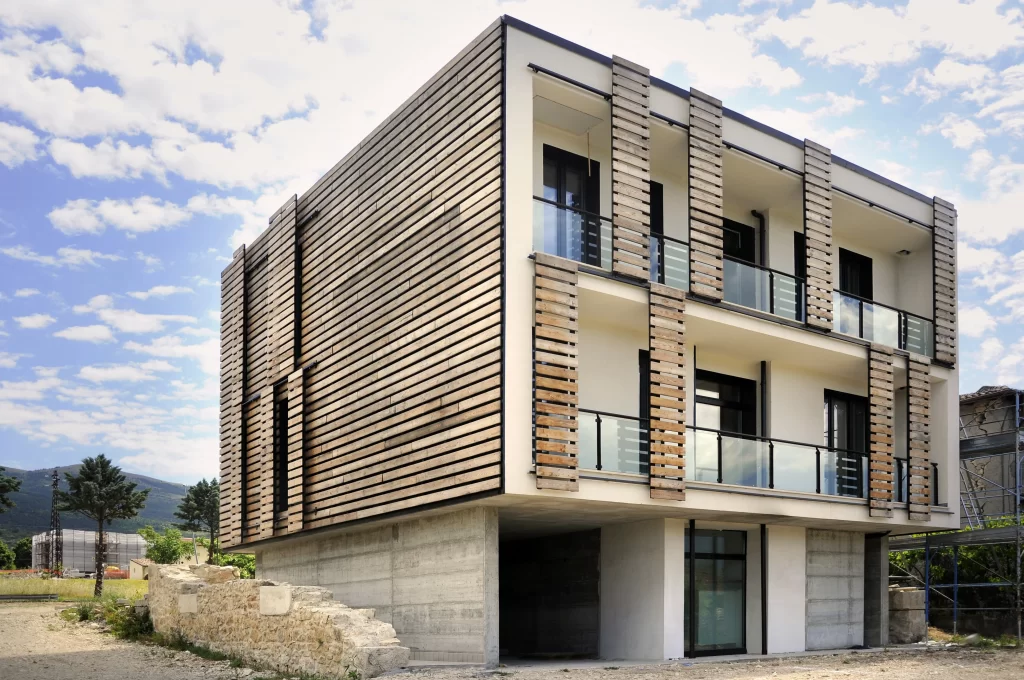
A superb example of bioclimatic architecture is the Energy Box, a “Nearly-Zero Energy Building.” This project was completed in 2013 by architect Pierluigi Bonomo and involved cladding an old brick structure, damaged in the 2009 earthquake, with cross-laminated timber (CLT) panels. The Energy Box is equipped with the most advanced technologies to produce energy from renewable sources and reduce energy consumption.
The elegance of energy efficiency
Another extraordinary example is the Waternest 100, designed by the Roman architect Giancarlo Zema. It is a smart home 🧠 that aims to minimize consumption by efficiently exploiting materials and natural resources. As architect Zema stated in an interview: ‘One must follow nature to find the answer’.”
This floating home is built on a circular platform made of recycled aluminum and is constructed from recycled cross-laminated timber. On its roof, 60 square meters of amorphous solar panels have been installed. Thanks to their curvature, they capture the sun’s rays throughout the day, producing 4 kWh of energy.
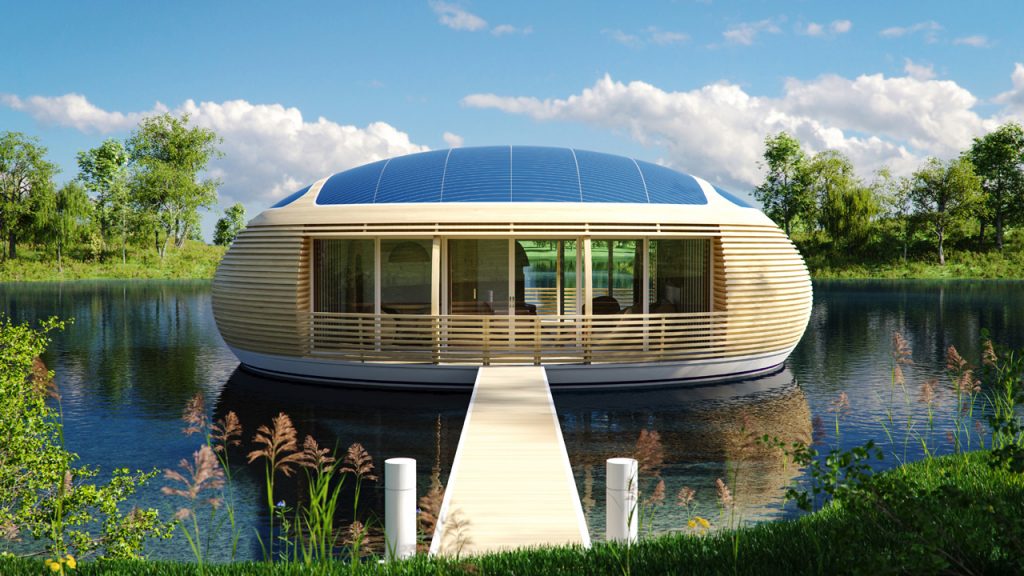
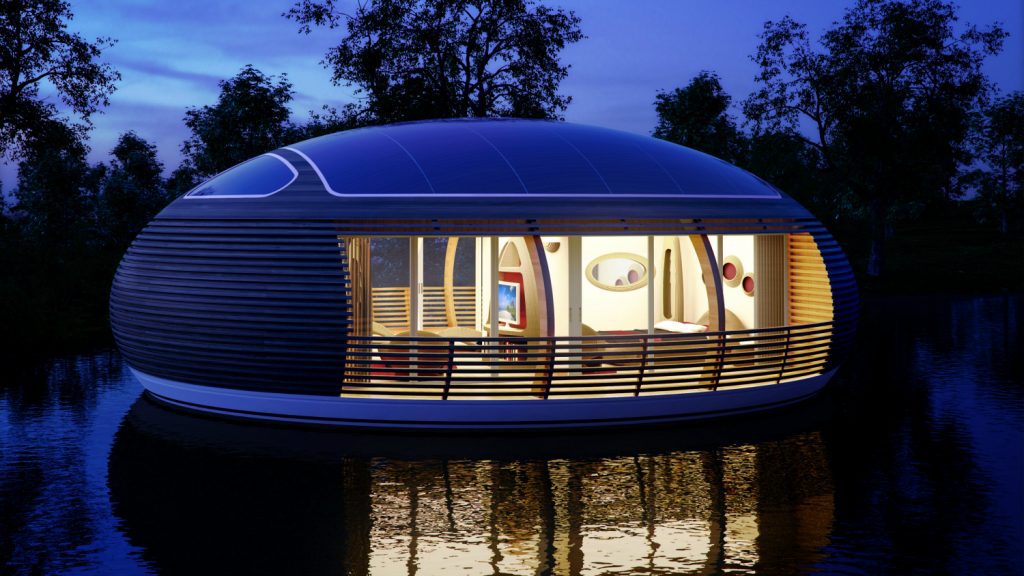
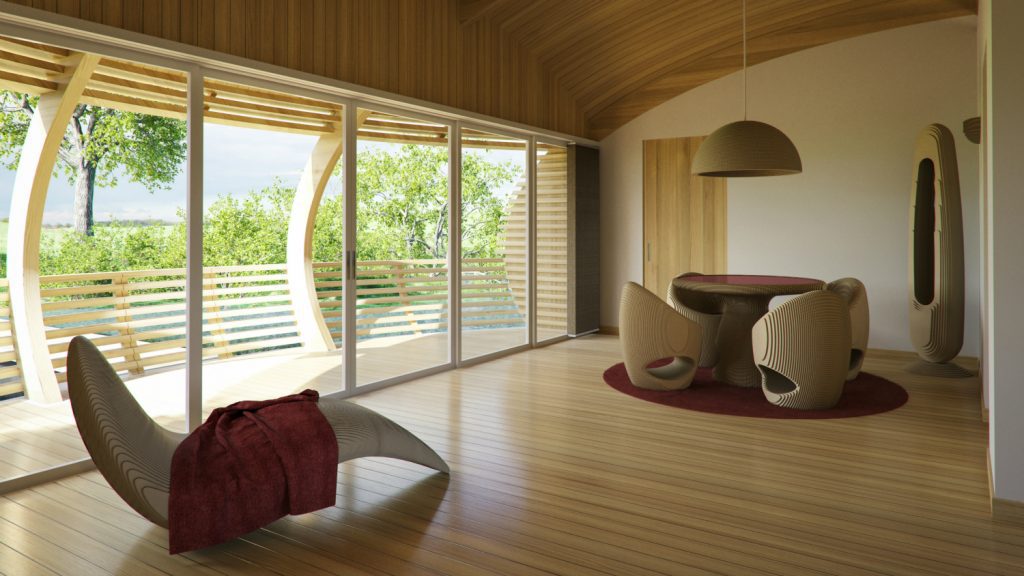
Collaborating to build sustainably
Sustainable architecture, design, and home automation can be seamlessly integrated into an architectural project. Here’s how to achieve a perfect union between these disciplines:
1. A clear vision
To ensure the success of a project, defining objectives is paramount. It involves establishing a coherent vision for design, functionality, and sustainability, an essential roadmap guiding all subsequent steps.
2. Collaboration Between Experts
The success of a project often relies on effective collaboration between architects, interior designers, engineers, and home automation experts. 🤝 Working together from the design phase onward maximizes integration between these diverse disciplines.
3. Sustainable Materials and Technologies
Sustainable construction materials include reclaimed wood, insulated concrete, bamboo, green thermal insulation (such as wool, polyester, hemp, and cellulose), recycled steel, green walls, structural insulated panels, aerated concrete blocks, electrochromic glass, and recycled rubber.
Furthermore, incorporating sustainable technologies and renewable energy sources is essential. This includes advanced thermal insulation, high-efficiency windows, solar panels, and geothermal heating and cooling systems.
4. Home automation
Integrating advanced automation systems can optimize energy efficiency and enhance home comfort. These systems can be controlled remotely via a smartphone, tablet, or computer and are adaptable to users’ needs.
5.Monitoring and Maintenance
Systematic monitoring of the building’s energy performance, along with regular maintenance planning, remains critically important. These practices are essential to ensure the optimal operation of all involved systems.
Additionally, a home automation system stores consumption history – once analyzed, it becomes easier to determine where the largest losses occur, allowing for optimization and reduction of energy consumption.

In a world where sustainability, energy efficiency, and comfort play an increasingly vital role, the integration of sustainable architecture, design, and home automation has become a priority for architects. This synergy creates environments that help us combat climate change today while envisioning the future.
Architecture isn’t just about aesthetics; it’s also about smart solutions aimed at sustainability, enhancing individuals’ quality of life while preserving our planet. We’re tasked with creating spaces that marry beauty and functionality, technology and sustainability, to build a better future.
Architects wield the power and responsibility to drive this transformation, crafting environments that reflect the values of our time and inspire future generations. The union of sustainable architecture, design, and home automation is key to success in this new architectural paradigm. 🏡🌱💡
